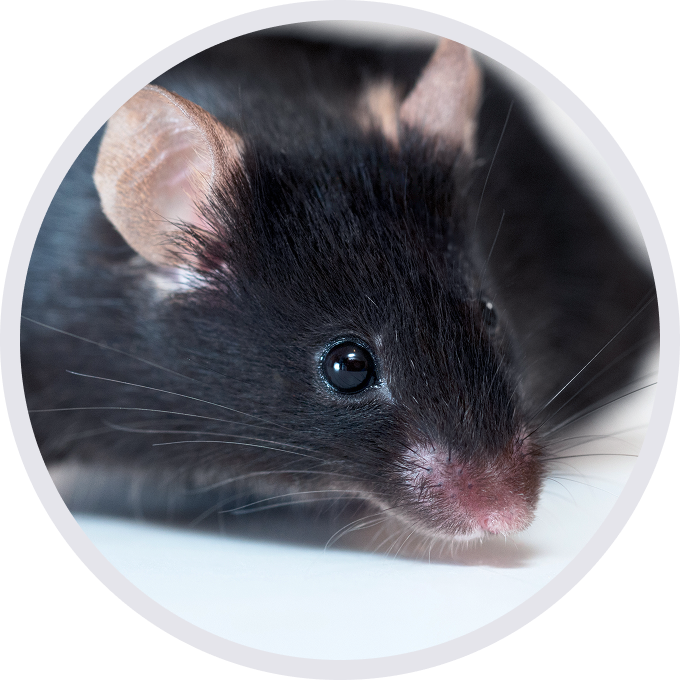
C57BL/6-Cd3etm1(CD3E)Bcgen Cd3dtm1(ICD3D)Bcgen Cd3gtm1(CD3G)Bcgen Cdh17tm1(CDH17)Bcgen/Bcgen • 114256

| Product name | B-hCD3EDG/hCDH17 mice |
|---|---|
| Catalog number | 114256 |
| Strain name | C57BL/6-Cd3etm1(CD3E)Bcgen Cd3dtm1(ICD3D)Bcgen Cd3gtm1(CD3G)Bcgen Cdh17tm1(CDH17)Bcgen/Bcgen |
| Strain background | C57BL/6 |
| NCBI gene ID | 1015,915,916,917,12501,12500,12502,378452 (Human) |
| Aliases | CD3-DELTA; IMD19; T3D; CD3-GAMMA; IMD17; T3G; CDH16; HPT-1; HPT1; IMD18; T3E; TCRE; CD3epsilon; T3D; CD3DELTA; CD3-DELTA;T3G; CD3GAMMA; CD3-GAMMA; CDH16 |
Gene targeting strategy for B-hCD3EDG/hCDH17 mice. Chimeric human CD3EDG were expressed, while mouse Cd3edg were knocked out in B-hCD3EDG/hCDH17 mice. The extracellular region (except signal peptide) of mouse Cdh17 was replaced by human CDH17 extracellular region sequences in B-hCD3EDG/hCDH17 mice.

Strain specific analysis of CD3EDG/CDH17 mRNA expression in wild-type C57BL/6JNifdc mice and B-hCDH17 mice by RT-PCR. Colon RNA were isolated from C57BL/6JNifdc mice (+/+) and homozygous B-hCD3EDG/hCDH17 mice (H/H;H/H), and then cDNA libraries were synthesized by reverse transcription, followed by PCR with mouse or human CD3E, CD3D, CD3G and CDH17 primers. Mouse Cd3e, Cd3d, Cd3g and Cdh17 mRNA was detectable only in wild-type C57BL/6JNifdc mice. Human CD3E, CD3D, CD3G and CDH17 mRNA was detectable only in homozygous B-hCD3EDG/hCDH17 mice but not in wild-type mice.

Strain specific CD3E expression analysis in homozygous B-hCD3EDG/hCDH17 mice by flow cytometry. Splenocytes(A) and blood(B) were collected from wild-type C57BL/6JNifdc mice (+/+) and homozygous B-hCD3EDG/hCDH17 mice (H/H;H/H), and analyzed by flow cytometry with species specific anti-mouse CD3E antibody (Biolegend, 100312) and anti-human CD3E antibody (BD Horizon™, 562426). Mouse CD3E was detectable in wild-type C57BL/6JNifdc mice. Human CD3E was exclusively detectable on T cells of homozygous B-hCD3EDG/hCDH17 mice but not in wild-type mice.

Western blot analysis of CDH17 protein expression in homozygous B-hCD3EDG/hCDH17 mice. Colon and small intestine tissue lysates were collected from wild-type C57BL/6JNifdc mice (+/+) and homozygous B-hCD3EDG/hCDH17 mice (H/H;H/H), and then analyzed by western blot with species-specific anti-human CDH17(abcam, ab109190) and anti-mouse CDH17 (R&D, AF8524) antibodys. 40 μg total proteins were loaded for western blotting analysis. CDH17 was detected in colon and small intestine.